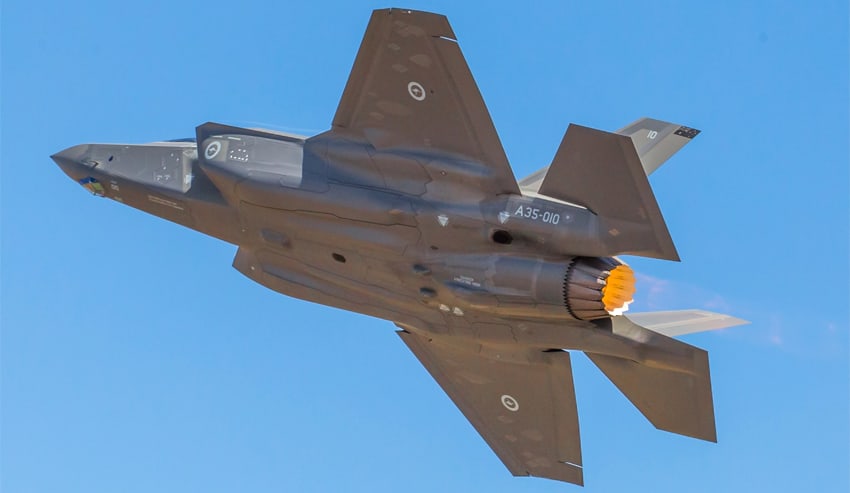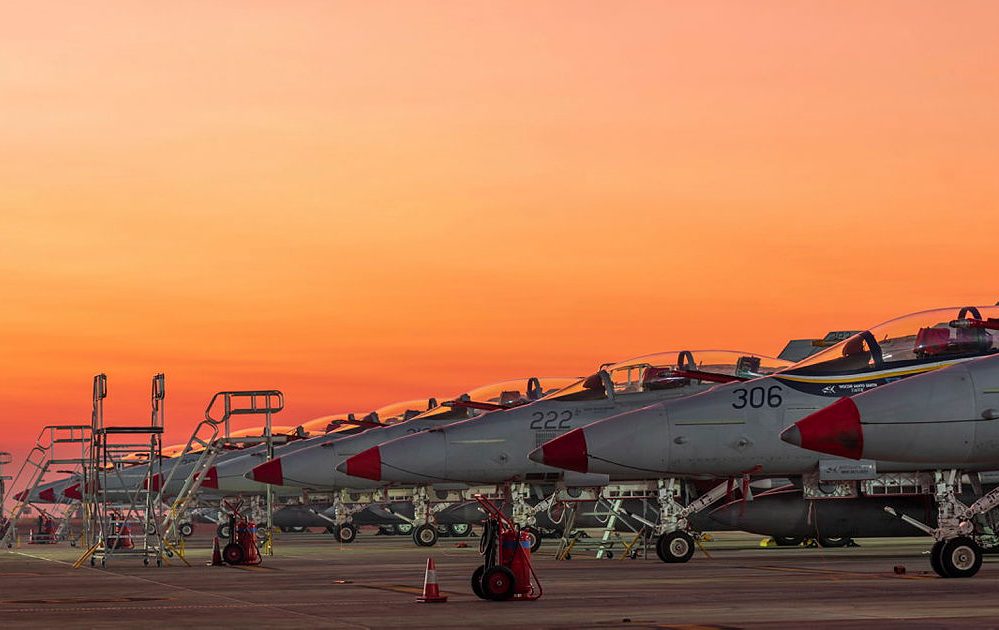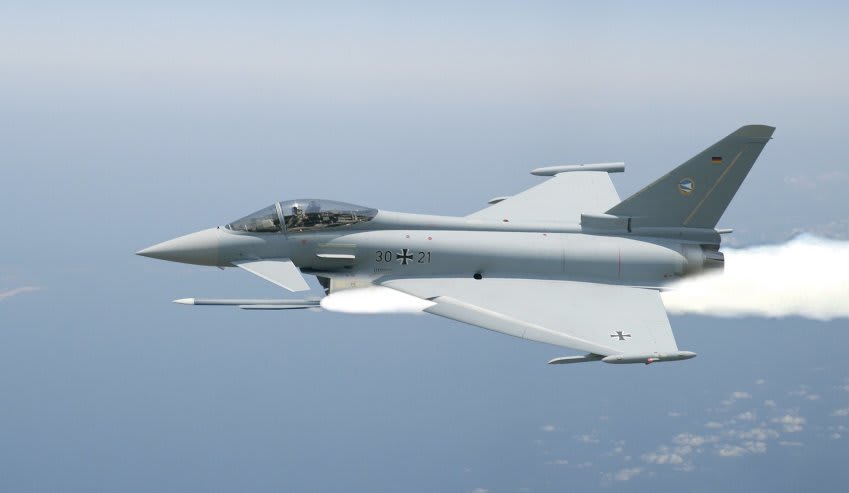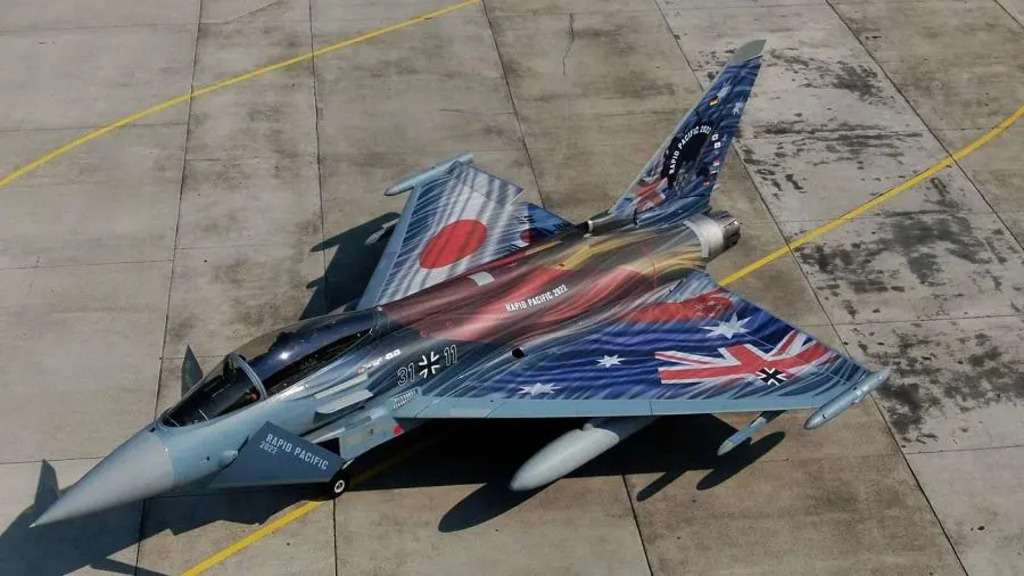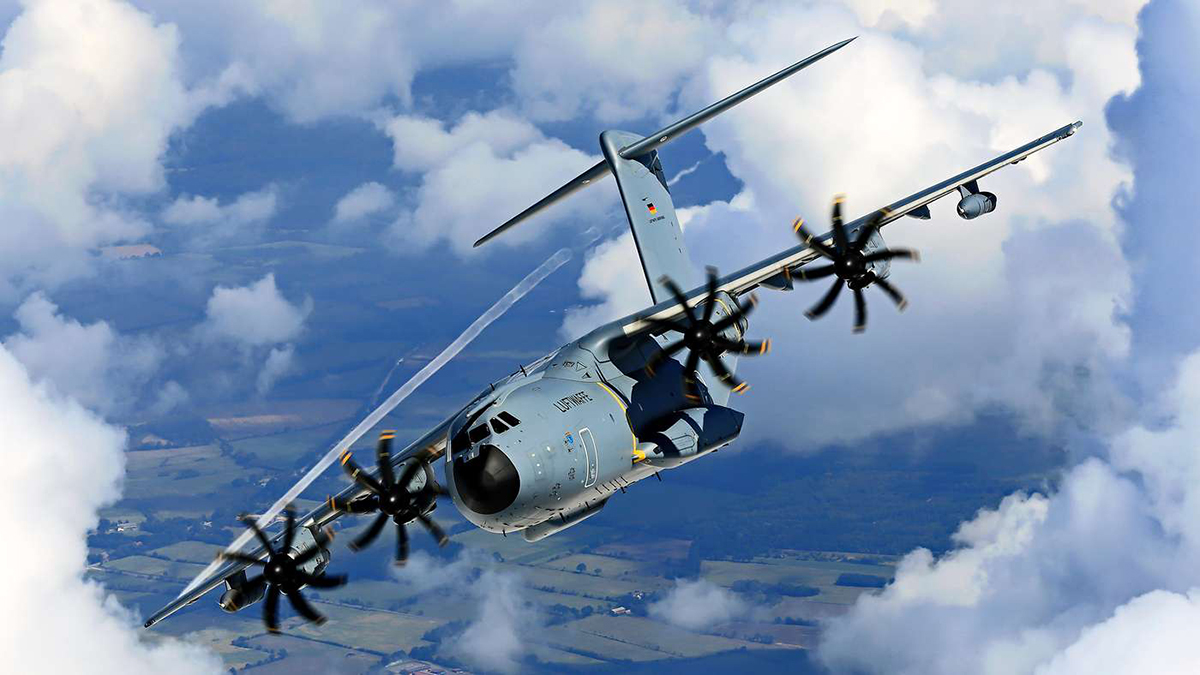
by Sophia Brook
Germany’s continued engagement in the Indo-Pacific – The Luftwaffe goes Pitch Black in the Northern Territory
Digital Snapshot #16/22
29 August 2022
A potpourri of current affairs topics from Australia, New Zealand and the South Pacific brought to you by KAS Australia and the Pacific. The weekly digital snapshot showcases selected media and think tank articles to provide a panorama view and analysis of the debate in these countries.
Disclaimer: The views expressed in these articles do not necessarily reflect KAS Australia’s position. Rather, they have been selected to present an overview of the various topics and perspectives which have been dominating the public and political debate in Australia and the Pacific region.
With recent developments in the international politics and security theatre, i.e. the war in Ukraine and events around Taiwan, many a focus has turned once again to the issue of international and national security concerns. Energy security and defence capabilities have held centre stage in the media as well as in political discussions. With China, after heavy sabre rattling in the Taiwan Strait, announcing it would join military exercises in Russia, the question of defence cooperation and multi-national interoperability have been added to the mix.
In this context, last week, operation Pitch Black kicked off in Australia’s Northern Territory. It presents the Royal Australian Air Force’s ‘most significant International Engagement’ operation, consisting of a ‘multi-national large-force employment’ exercise that runs over three weeks and sees the deployment of up to 2500 personnel and around 100 aircraft. The biennial exercise is conducted primarily from the RAAF’s Darwin and Tindal bases, but this year also includes its Queensland Amberley base.
In the course of the operation, participating forces from Australia and 16 allied partner nations test their interoperability in a series of realistic, simulated threat environments. In addition to Australia, forces from Canada, France, India, Indonesia, Malaysia, the Netherlands, New Zealand, the Philippines, Singapore, Thailand, the UAE, the UK, and the USA have all been participants in the past. This year, for the first time, Japan, the Republic of Korea and Germany are joining the simulation.
Out of the three new participating nations, German involvement in particular is worth noting. It highlights Germany’s determination to deliver on promises made under the Australia-Germany Enhanced Strategic Partnership agreement, which, among other things, lists ‘shared defence and security objectives’. It is also the first time that Australian and German air forces are training together and both forces appear set on making the most of it.
For Pitch Black, the German Luftwaffe sent a total of 13 aircraft: six Eurofighter Typhoons, three A330 multi-role tanker transports and four A400M transport aircraft, with a total of about 250 personnel. In addition, under the heading ‘Rapid Pacific’, the jets were tasked to arrive at their destination within 24 hours ‘to demonstrate that [they] can be in Asia within a day’, as stated by Luftwaffe Commander Lieutenant General Ingo Gerhartz, making it necessary to conduct almost 200 mid-air refuellings.
Upon completion of Pitch Black, the German Luftwaffe will remain in Australia for another four weeks in order to participate in exercise Kakadu, the Royal Australian Navy’s biennial premier maritime exercise. This exercise is supported by the Royal Australian Air Force and will build on Pitch Black in that it focusses on interoperability in the maritime and air domains. This year, Kakadu is expected to be the biggest it has been so far, as it is set to include more than 3000 personnel from up to 25 countries.
Before returning home to Germany, the Luftwaffe contingent will then conduct practice exercises with the Republic of Singapore, and visit allied partners Japan and South Korea.
Germany’s participation in these joint, multi-national exercises comes as part of its commitment to greater engagement in the Indo-Pacific region, more or less directly following the visit of the frigate Bayern to the region at the end of 2021. ‘The Indo-Pacific is of great importance to Germany. We share the same values with many partners in this region. Defending those values in case of a war emergency and being able to support our partners is something that needs to be practiced.’, said Lieutenant General Gerhartz speaking ahead of Pitch Black.
His comments further accentuate Germany’s recent shift in attitude towards conflict engagement, brought about by the war in Ukraine and the resultant realisation that the international environment still holds a very real possibility of armed conflict that can potentially occur close to home. Amidst speculation China could be watching developments in Europe in consideration of its own complicated relations with Taiwan, the apparent risks of global interconnectedness seem to be the driver of renewed emphasis on cooperation between like-minded partners.
Germany’s engagement in military exercises in the region, however, was not meant as a message to China, according to Gerhartz, who stated: ‘I don’t think we are sending any threatening messages to China by flying to an exercise in Australia’. Rather, the commitment and demonstration of speed were designed to send a signal to partners. When asked about the Luftwaffe contingent’s travel itinerary, Gerhartz stressed that no passage of the Taiwan Strait was planned, ‘We will fly at an altitude of more than 10 km and barely touch the South China Sea, and we will move on international routes’.
The Luftwaffe Commander’s statements lead some Australian media outlets to announce that Germany was ‘downplaying’ its participation in the exercises. However, regardless of the original motivation, the fact that a group of fighter jets from a European nation could reach the region within such a short time, will most likely have been noted.

